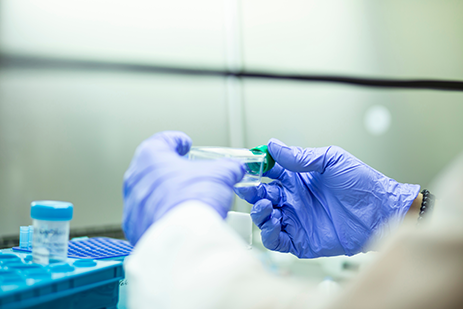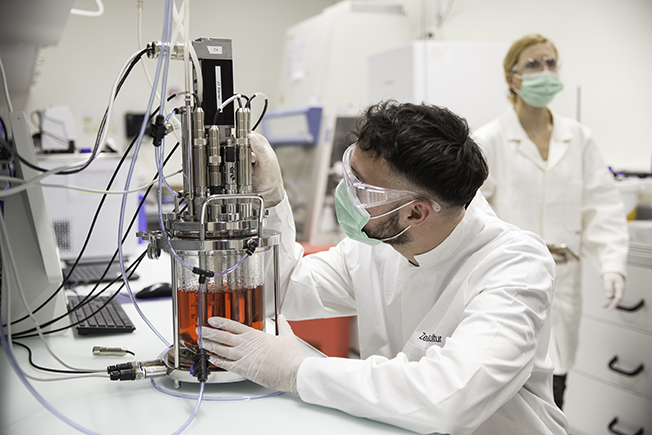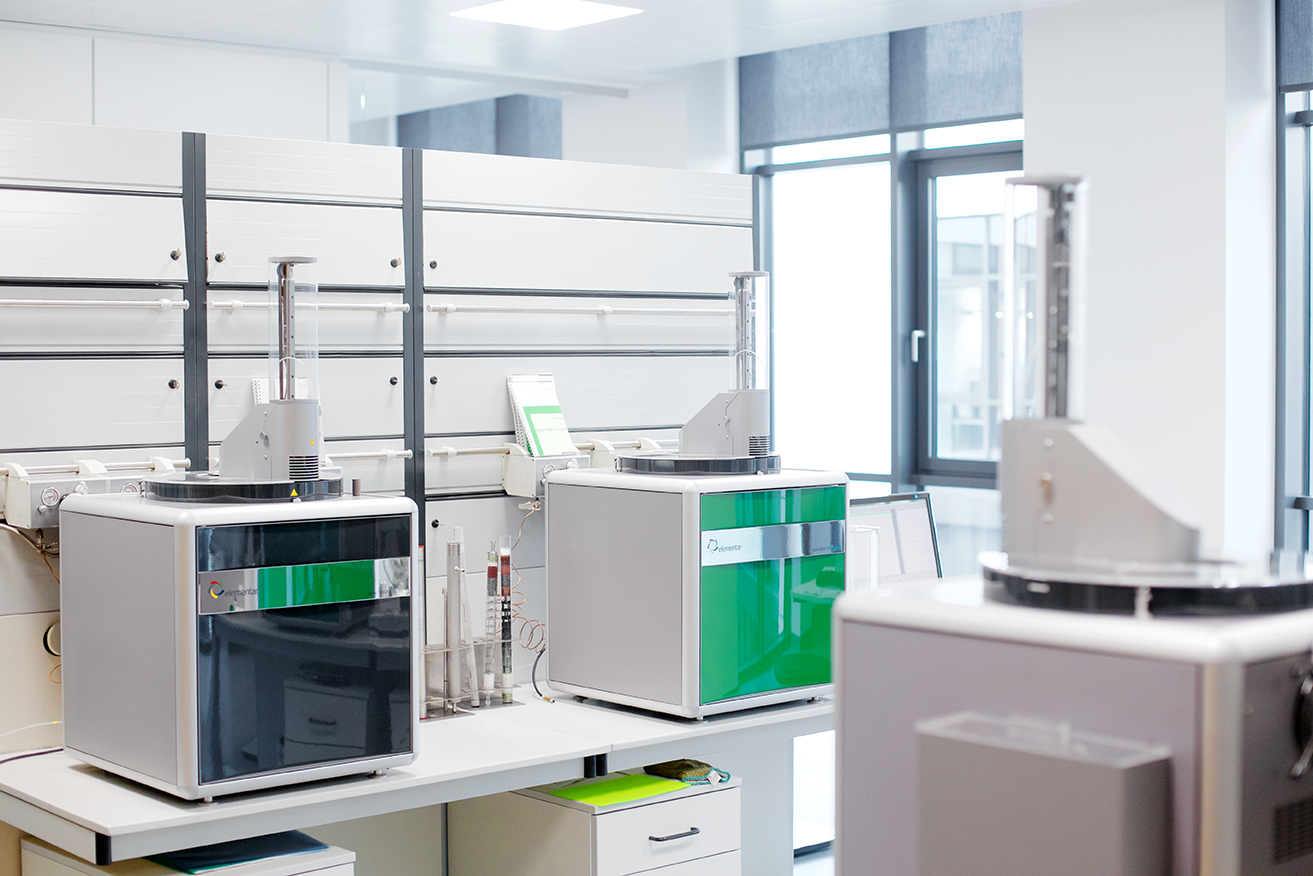
.png)
Pluripotent stem cell lines: driving efficiency and consistency in cultivated meat
Produced using processes that harness the power of nature, PluriCells’ embryonic stem cell lines are a significant step forward for the cultured meat industry as it looks to overcome the challenges of scale
With +20 years’ experience in reproductive biotechnology and developmental biology, essentially involving extensive work with embryos, Professor Ramiro Alberio from the University of Nottingham has been enhancing livestock productivity for most of his academic career. But what exactly does that have to do with alternative proteins?
“Through this research work,” begins Alberio, “we stumbled upon a groundbreaking discovery – a novel type of stem cell derived from livestock species.” That discovery has found valuable applications in various industries, but the entry into cellular agriculture was, he confesses, “somewhat serendipitous”.
.png)
In academia, he suggests, the hope is always that discoveries and inventions go beyond mere academic applications. “We therefore shifted from exploring purely academic questions about how cells maintain pluripotency properties – rooted in molecular-level understanding of cell communication and fate determination in embryos,” he continues, “to a more practical focus, addressing the problem at hand: engineering cells to undergo differentiation in the lab, resulting in a tangible product.” That tangible product is ‘PluriCells’, based on Alberio’s years of research, and is available on license from the University of Nottingham.
The journey since has been “fascinating”, Alberio reports, evolving from fundamental inquiries to offering solutions to real-world challenges, specifically the well-known global meat supply dilemma.
“Our solution addresses this by providing an alternative method that can meet the rising global demand more sustainably.”
When Alberio and his team developed the cell lines in 2016-2017, the cultivated meat sector was still in its infancy. “We were relatively unfamiliar with it,” he admits. “However, word got out about our work, and several interested parties reached out to us before we had even published our findings.”

Rising above the challenges
Through these conversations, Alberio identified a big challenge that companies were facing – the issue of sourcing cells. “It became apparent to us that our cells – derived from embryos – could offer a solution. The key to creating cultured meat lies in the precise differentiation of cells into muscle and fat, a capability inherent in embryonic stem cells. With the right culture and differentiation conditions, our cells can efficiently transform into any desired cell types.”
Although Alberio acknowledges there is an ongoing debate surrounding the use of embryonic stem cells in the production of cultivated meat, his case for their
use makes sense on many levels.
Addressing those concerns about the ethical implications, he highlights the efficiency of the process. “A single cell line derived from an embryo has the potential to yield a substantial amount of meat, ranging from one to 5,000 tons,” he says. “Importantly, this calculation is based on embryos that have not undergone differentiation into specific tissues – merely a cluster of 100 cells. This translates to saving the equivalent of 10,000 cows from slaughter by using a single cell line to generate the meat.”
And when considering the environmental impact of raising and slaughtering such a large number of cows, the use of embryos at this early stage, Alberio argues, becomes a justifiable means of meeting the escalating demand for meat.
“The ethical acceptability of embryonic stem cells is rooted in the offsetting of the number of animals involved in traditional meat production,” he believes. “It represents an innovative solution to the genuine problem of meeting the rising demand for meat while advancing the cause of animal welfare and environmental sustainability.
“In our laboratory, we capture these cells at a stage where they are inherently naive and can be directed to become any cell type through specific protocols,” he continues.
The unique feature of these cells is their natural programming to differentiate, and their ability to undergo self-renewal – meaning one cell gives rise to two daughter cells during division.
By working together, we can introduce a new revenue stream for farmers and simultaneously contribute to the preservation of distinct breeds
While this self-renewal process is naturally limited in the embryo, Alberio and his team have the capability to extend it indefinitely in the lab. “This ability to harness the power of nature’s growth mechanisms is the driving force behind our technology.
“This contrasts with alternative cell types, such as myoblasts or fibroblasts obtained from biopsies, which are typically committed to the muscle lineage and have a limited lifespan,” Alberio says. “The use of these alternative cells often involves complex manipulations, genetic modifications, and variable outcomes from batch to batch. By leveraging the unique features of pluripotent cells and their constant growth, we aim to streamline the manufacturing process and enhance efficiency.”
The cultivated meat sector has traditionally relied on primary cells or stem cells derived directly from muscle or skin biopsies. Although this has yielded prototypes and garnered interest, it presents challenges when considering the scale and reproducibility required for large-scale industrial processes. As such, many companies using this method have encountered difficulties in achieving consistent and efficient processes due to issues with reproducibility.
“Our approach, utilizing either embryonic stem cells or the emerging induced pluripotent stem cells, offers a compelling alternative,” suggests Alberio. “These cells have the unique capability to grow over the long term in a highly stable manner and can be expanded to significant quantities before reaching exhaustion – a rare event occurring only after numerous cell passages. This alternative provides a robust and standardized product, ensuring that each stem cell line is identical to the others at the point of cataloging and release.”
This, Alberio states, marks a significant improvement in the quality of the starting material for crafting the challenging end product – muscle and fat – sought after by companies in the sector. A high-quality starting material not only contributes to the nutritional quality of the end product but also enhances the efficiency of the manufacturing process – a key consideration for production.
Breaking down cost barriers
For the cultivated meat industry to thrive, it is imperative to ensure cost-effectiveness. To achieve this, PluriCells has formed strategic partnerships with companies specializing in media production, specifically nutrients crucial for cell expansion. “Working closely with them, we finetune these media formulations to be more tailored to our unique cell lines, thus optimizing cost-effectiveness,” Alberio says.

In addition, PluriCells focuses on reducing the complexity of cell manipulations by employing specialized media with stable components. This not only streamlines the feeding process, which is typically done daily, but also cuts down on manpower, lowers the cost of medium, and minimizes waste. “Our technology, for instance, allows for feeding every other day, presenting a significant advancement.”
With the cell lines that PluriCells generates, there is also no need for serum or any animal-derived products. “In the past, the growth of cells often necessitated the use of fetal bovine serum, but this is no longer a requisite. Consequently, our approach significantly reduces the input requirements from existing industries for this specific process.”
With the demand for meat growing at a rate of around 3% annually – and projected to rise by about 15% by 2030 – “the sheer volume of meat required cannot be met through conventional means”, Alberio states. “It is imperative that we explore alternative methods.”
However, given the backlash from countries such as Italy, plus numerous states in the USA, the resistance needs to be addressed. However, Alberio is of the opinion that cultivated meat should not be seen as a threat. “Instead,” he feels, “it serves as a complementary solution to help bridge the gap in the growing demand for meat worldwide. Specialist breeds and conventional meat production will likely continue for decades to come. The primary challenge lies in providing meat to a population that is expected to reach 10 billion by 2050, satisfying their demand for an important protein source.
“Engaging with conventional farming systems becomes imperative to supply this innovative form of meat,” he adds. “By working together, we can introduce a new revenue stream for farmers and simultaneously contribute to the preservation of distinct breeds. The goal is to maintain a diverse stock, ensuring the availability of specialist products made from specific breeds. Thus, the involvement of conventional producers becomes crucial.”
As a scientist, Alberio says one of the big rewards comes from seeing discoveries made in the lab contribute to understanding, problem-solving, or addressing contemporary challenges. “Looking ahead, if I were to envision success in 10 or 15 years, I would hope to see between 1-5% of the total meat production originating from cultured meat, ideally using the cells we’ve pioneered,” he says. “Contributing to the planet’s equilibrium in this manner would be a source of immense satisfaction and a testament to the positive impact of our work.”
For more information visit www.pluricells.co.uk
If you have any questions or would like to get in touch with us, please email info@futureofproteinproduction.com


%20ILVO%202.jpg)


